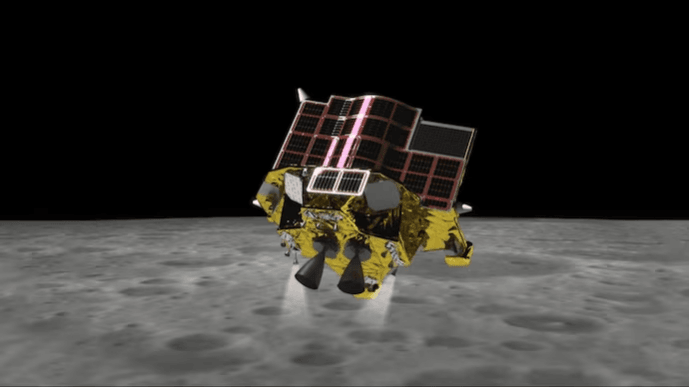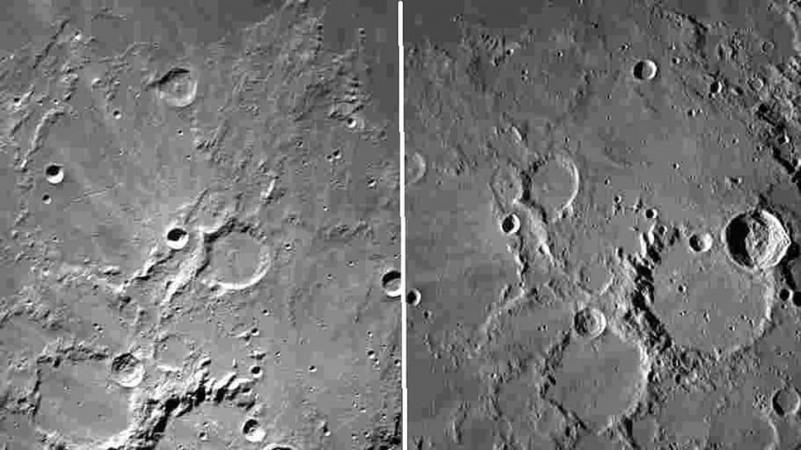
NASA's Lunar Reconnaissance Orbiter (LRO) spacecraft has spotted Japan's Smart Lander for Investigating Moon (SLIM) that landed on the lunar surface last week.
Japan is the fifth nation to complete a soft landing on the lunar surface, after Russia, the US, China and India.
Japan Aerospace Exploration Agency's (JAXA) SLIM began its journey to the Moon on September 6 along with XRISM, a powerful X-ray space telescope. SLIM, also known as "Moon Sniper" in Japanese, touched down on the lunar surface at about 10:20 am EST (8.50 pm IST) on January 20.
Five days later, NASA's LRO spacecraft passed over the landing site and photographed SLIM.
"LRO acquired the image at an altitude of about 50 miles (80 km). Bright streaks on the left side of the image are rocky material ejected from the nearby, relatively young Shioli crater," NASA said in a statement.
NASA's images show SLIM's landing site both before and after the probe's touchdown.

One of the images is a composite that removes features that are the same in both the before-landing and after-landing images. In turn, it allows us to see changes in reflectance on the lunar surface, caused by the lander's engine exhaust, to stand out.
According to JAXA, SLIM achieved a pinpoint landing within 100 metres of the target, as planned.
However, the lander appears to be lying upside-down, and it cannot generate power, said mission officials at the JAXA, who hope the probe will be able to recharge when the moon enters its daytime in the coming days.
"Analysis of the data acquired before shutting down the power confirmed that SLIM had reached the Moon's surface approximately 55m east of the original target landing site," the agency said in a statement.
Further, JAXA noted that communication has been established with spacecraft after the landing. However, the solar cells are currently not generating power.
"Analysis of the data has shown that SLIM's solar cells are currently facing west, suggesting that there is the possibility for power generation and thus recovery of SLIM as the sunlight illumination condition improves with time," it said.
(With inputs from IANS)

















